Zohra Sehgal

Subscribe to read full article
This section is for paid subscribers only. Our subscription is only $37/- for one full year.
You get unlimited access to all paid section and features on the website with this subscription.
Not ready for a full subscription?
You can access this article for $2 , and have it saved to your account for one year.
- Real Name: Zohra Begum Mumtazullah Khan
- Born: 27 April, 1912 (Saharanpur, Uttar Pradesh)
- Died: 10 July, 2014 (New Delhi)
- Primary Cinema: Hindi
- Spouse: Kameshwar Sehgal
- Children: Kiran Segal, Pavan Sehgal
The irrepressible Zohra Sehgal started her career as a dancer performing with a contemporary dance troupe, before moving to films in the 1940s. Featuring in an interesting melange of Hindi films as well as British films, her filmography incudes films such as Neecha Nagar (1946), Bhaji on the Beach (1992), Dil Se..(1998), Bend It Like Beckham (2002), The Mystic Masseur (2001), and Cheeni Kum (2007) over the course of her six decade-long career. She also made an impact in TV serials such as The Jewel in the Crown (1984), Tandoori Nights (1985–87) and Amma and Family (1996). Renowned for her tremendous depth and range as an actress, she was a prominent personality of the Indian stage, acting with the Indian People's Theatre Association (IPTA) as well as Prithviraj Kapoor's Prithvi Theatre for 14 years. Such was her spirit, that at the age of 90, she played a key character in the film Chalo Ishq Ladaaye (2002). Honoured with the Padma Shri, the Padma Vibhushan, and the Sangeet Natak Akademi Fellowship for lifetime achievement, Zohra Sehgal remains memorable for her work as an actress, dancer, and choreographer.
Born Zohra Begum Mumtazullah Khan on 27 April, 1912 in Saharanpur, Uttar Pradesh, to Mumtazullah Khan and Natiqua Begum, she was the third of seven children raised in a traditional Muslim household. An outdoors girl who enjoyed climbing trees, the early death of her mother saw Zohra and her sisters enrolled at Queen Mary College, Lahore. On completion of her graduation, her Edinburgh-based maternal uncle, Sahebzada Saeeduzzafar Khan, arranged for her to train under a British actor. In Europe, she also enrolled in the Mary Wigman ballet school in Dresden, Germany, passing the entrance test despite lacking experience. She went on to become the first Indian to study at the institution. Spending three years learning modern dance in Dresden, she was promised a position back in India by Uday Shankar, who was best known for creating a fusion style of dance, adapting European theatrical techniques to Indian classical dance. Joining Shankar’s troupe in 1935, she toured Japan, Egypt, and several parts of Europe and the United States, establishing herself as the troupe’s lead dancer along with French national, Simkin.
Returning to India in 1940, Zohra Sehgal became an instructor at the Uday Shankar India Cultural Centre at Almora. It was here that she met and married Kameshwar Sehgal, a young scientist, painter and dancer from Indore. Working at the Cultural Centre, both established themselves as leading choreographers. They later migrated to Lahore, setting up their own dance academy, the Zohresh Dance Institute. Amidst the pre-Partition communal tension, they moved to Bombay, where Sehgal joined Prithvi Theatre in 1945, where her sister, Uzra Butt also worked. The same year, she also joined the Indian People's Theatre Association (IPTA), and went on to act in several plays.
Sehgal got her break in films when she acted in IPTA's first film production, Dharti Ke Lal (1946). The film was the directorial debut of Khwaja Ahmad Abbas. Based on the Bengal famine of 1943, which killed millions of Bengali people, it was one of the first films in Indian cinema's social-realist movement. Sehgal went on to feature in another IPTA production, Neecha Nagar, directed by Chetan Anand, which took an expressionist look at the gulf that exists between the rich and poor. One of the earliest projects of the parallel cinema movement in the subcontinent, the film not only became a critical success but was screened at international film festivals such as the Cannes Film Festival, where it was awarded the Palme d'Or.
Living in Bombay, Sehgal appeared in several successful theatre productions including Ebrahim Alkazi's Din Ke Andhere in which she played Begum Qudsia. She went on to work as choreographer for Hindi films such as Guru Dutt's Baazi (1951) and Raj Kapoor's Awaara (1951). The death of her husband in 1959, saw Sehgal move to Delhi, where she was appointed as director of the Natya Academy. Working in the same position for three years, she was later awarded a drama scholarship in 1962, which would need her to move to London, United Kingdom. Working as a dance instructor at a Chelsea-based school run by Bharatanatyam dancer Ram Gopal, she went on to make her television debut in 1964, with the BBC’s adaptation of Rudyard Kipling’s story The Rescue of Pluffles. Appearing in one episode of science fiction fantasy series Doctor Who during 1965, she went on to anchor 26 episodes of the BBC TV series, Padosi (Neighbours; 1976–77).
Zohra Sehgal was signed by Merchant Ivory Productions, featuring in the James Ivory directorial, The Courtesans of Bombay (1983). She went on to play a key role in The Jewel in the Crown (ITV, 1984), followed by films and series such as Tandoori Nights, and My Beautiful Laundrette. In 2012, she became the first actor to have appeared on Doctor Who to celebrate their 100th birthday, and was also the oldest living actor to have appeared on Doctor Who until her demise in 2014.
Returning to India in the mid-1990s, she acted in several films, plays and TV series, including big-budget productions such as Dil Se (1998), Hum Dil De Chuke Sanam (1999), Veer Zara (2004), Saawariya (2007) and Cheeni Kum (2007). When she shot the film Chalo Ishq Ladaye (2002), she was 90. She played the grandmother of the lead character played by Govinda, and was even seen riding a bike and fighting the villains.
Having performed poetry at a memorial to Uday Shankar organised by his brother, Ravi Shankar in 1983, Sehgal accepted invitations to perform poetry at various events, including An Evening With Zohra in Pakistan. She performed alongside her sister Uzra Butt in the critically acclaimed play Ek Thi Nani in Lahore in 1993. The English version of the play, A Granny for All Seasons, was also held at UCLA in 2001.
On the personal front, in 1942 Sehgal had married Kameshwar Sehgal, a scientist, painter and dancer from Indore, eight years her junior, overcoming initial reluctance from her father. The couple had two children - Kiran Segal, who is an Odissi dancer and Pavan Sehgal, who works for the WHO. Kiran Segal also penned her mother's biography titled Zohra Sehgal: Fatty, which was released in 2012.
Zohra Sehgal passed away on 10 July, 2014, aged 102. The tributes that poured in from Prime Minister Narendra Modi and other personalities, described her as “prolific and full of life,” commended her for having “made a mark through her acting which is admired across generations”, as well as declared her as being "immensely lovable"; this last compliment by Amitabh Bachchan, summarising the very core of Zohra Sehgal.
-
Filmography (10)
SortRole
-
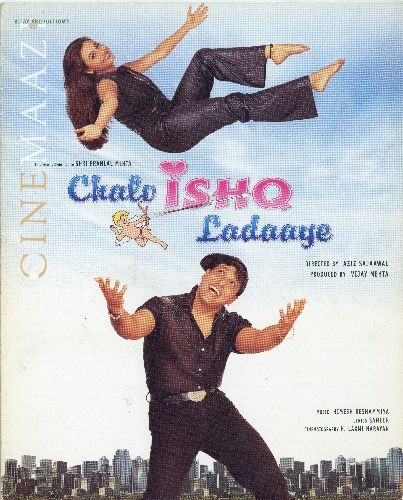
Chalo Ishq Ladaaye 2002
-

Dillagi 1999
-
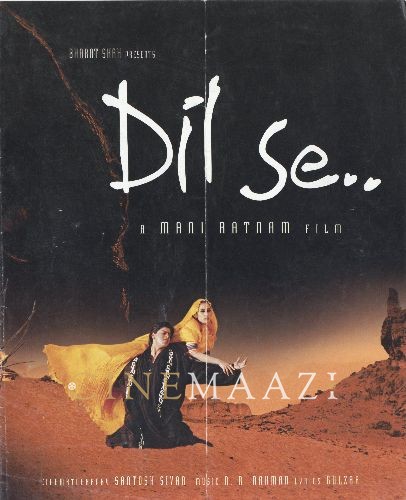
Dil Se 1998
-
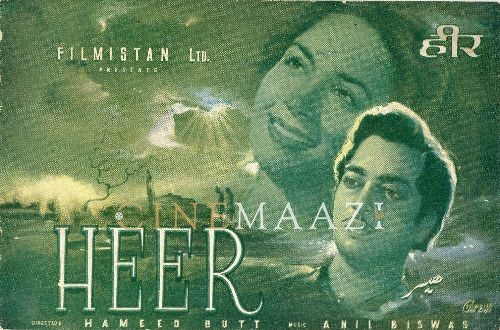
Heer 1956
-

Afsar 1950
-

Dharti Ke Lal 1946
-

Shakuntala 1943
-






.jpg)


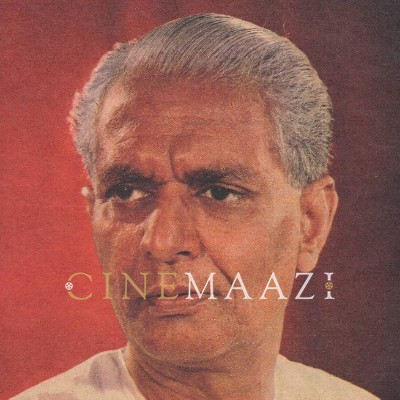
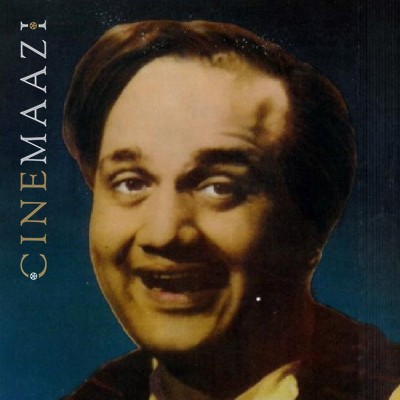
.jpg)



